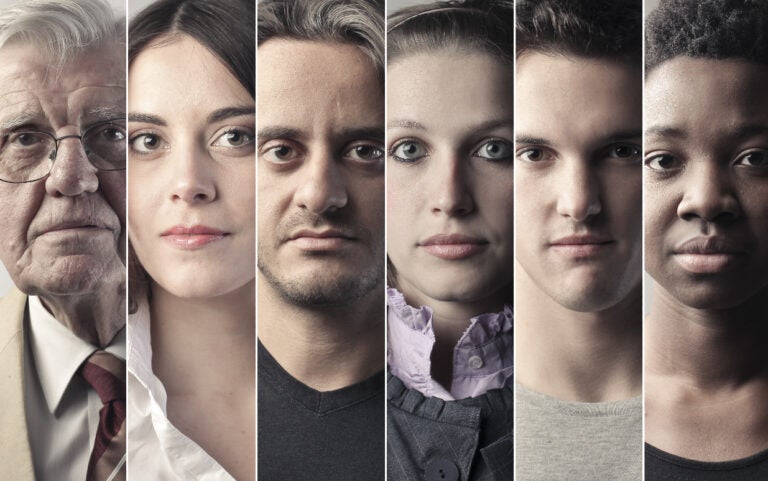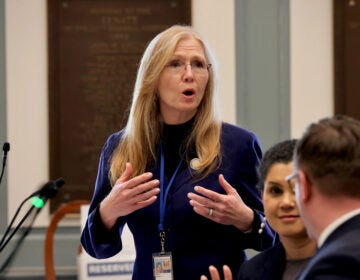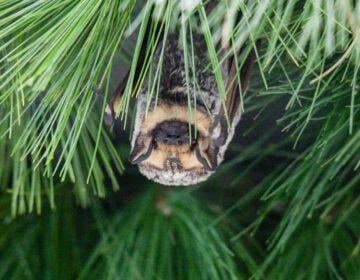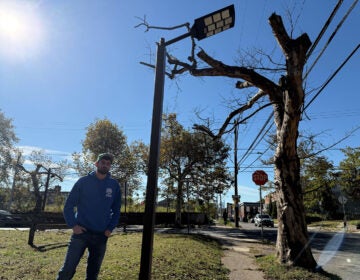Making Faces
When we see a familiar face, a flood of information comes rushing in. It’s an extremely important skill that we often take for granted.
Listen 48:54
From face blindness to super recognizers, we look at the strange ways our brains process faces. (Bigstock)
Imagine looking at a crowd of people, and they either all look vaguely familiar, or like complete strangers. It doesn’t matter if this is a group of classmates or colleagues, or people you have never met before. That’s a daily experience for people who have a condition called face blindness — who can’t recognize people based on their faces. Face recognition takes up a lot of real estate in our brains, and for good reason; recognizing people allows us to form relationships, tell friend from foe, and create networks. On this episode, we explore how we recognize faces — and what happens when we can’t. We’ll also hear about people who are so-called “super recognizers,” and find out how artificial intelligence could turn face recognition into a tool for surveillance.
ALSO HEARD:
- Growing up, reporter Sadie Dingfelder thought she must be famous, because so many people recognized her. In turn, she had trouble identifying her friends, her classmates, or teachers. After mistaking a random guy in a grocery store for her husband — she finally realized that she’s faceblind. Dingfelder writes about her experiences in her book, “Do I Know You? A Faceblind Reporter’s Journey into the Science of Sight, Memory, and Imagination.”
- Historian Sharrona Pearl explores the spectrum of face recognition in her book, “Do I Know You?: From Face Blindness to Super Recognition.” She explains that super recognizers can remember and identify people even after a brief interaction.
- Forget about human super recognizers — artificial intelligence can identify millions of faces in the blink of an eye. New York Times tech reporter Kashmir Hill uncovers a mysterious and secretive startup that’s using AI face recognition for policing and surveillance. Her book is called, “Your Face Belongs to Us.” You can listen to a longer version of this conversation here.
WHYY is your source for fact-based, in-depth journalism and information. As a nonprofit organization, we rely on financial support from readers like you. Please give today.






